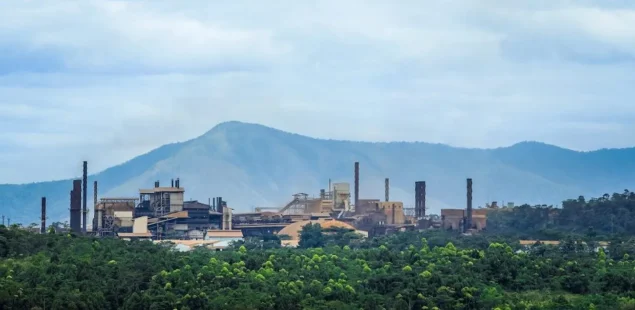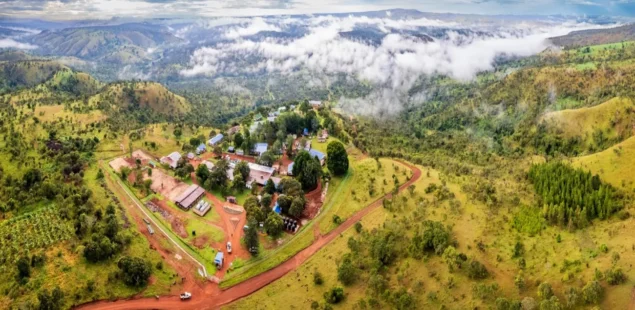
Arkmineral–Resource has begun designing a major processing plant for the Afrikanda rare-earth metals deposit in Russia’s Murmansk Region, with construction of the complex—capable of processing about one million tons of ore annually—scheduled to start in 2026–2027. According to General Director Andrey Trenin, key technical solutions for the plant, including the quarry, tailings storage, and infrastructure, have already been finalized. The company plans to register the deposit’s reserves on the state balance sheet and complete a feasibility study with reserve calculations this year.
The Afrikanda facility will focus on extracting titanium dioxide, niobium, tantalum, and rare-earth metals. Annual production targets are set at approximately 66,500 tons of titanium dioxide, 1,000–3,155 tons of niobium and tantalum, and 3,345–4,000 tons of rare-earth metals. The project’s total investment is estimated at 28 billion rubles, funding both the mining and processing plant and a chemical-metallurgical complex for finished goods.
Afrikanda is considered one of the world’s largest deposits of its kind, with projected resources including 70.7 million tonnes of P1 category ore and significant quantities of titanium dioxide, niobium oxide, and rare earth elements. The project benefits from existing infrastructure, including proximity to the Murmansk port, railway access, and energy supply from the nearby Kola Nuclear Power Plant. Details on the project’s scope and investment were reported by TASS and Kommersant.
Arkmineral–Resource, supported by the Murmansk Region Development Corporation, plans to target sales to Southeast Asian countries via the Northern Sea Route. The company is also working to finalize hydrometallurgical technology for processing perovskite concentrate and is considering project financing options, including participation in the Capital of the Arctic advanced development territory.
A condition of the project’s license is the relocation of a nearby military facility, with costs estimated at 2.5–3 billion rubles, which the Finance Ministry has proposed should be covered by the investor.



